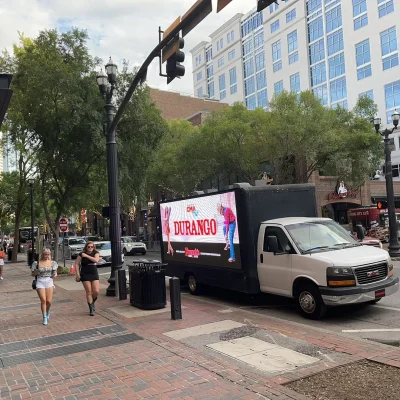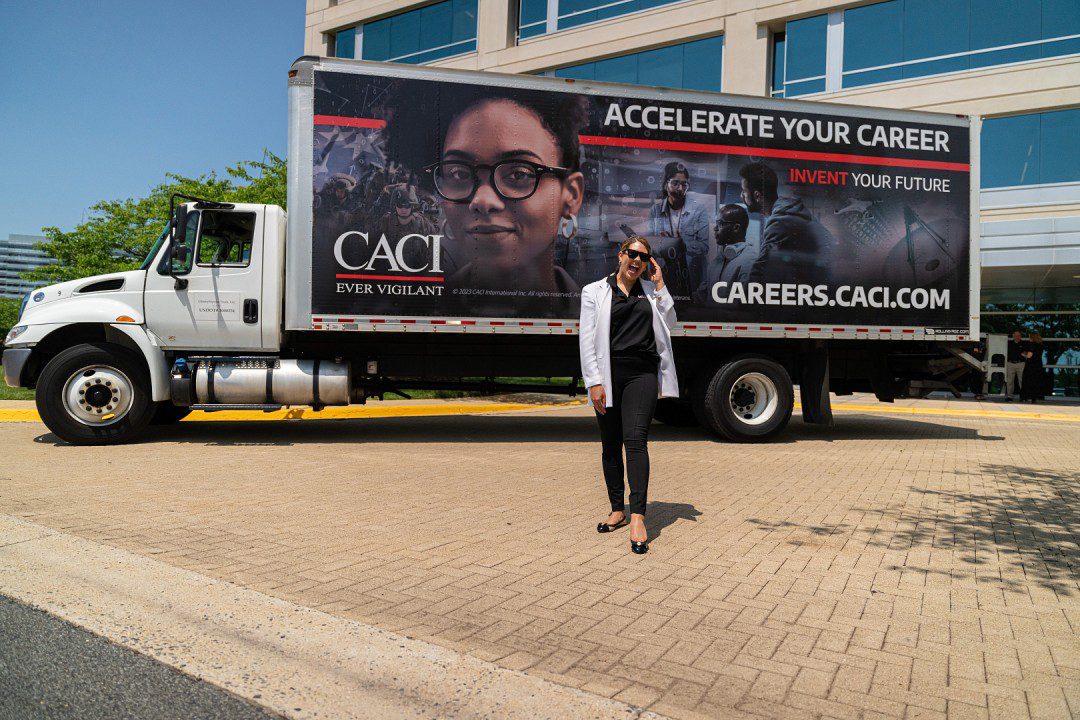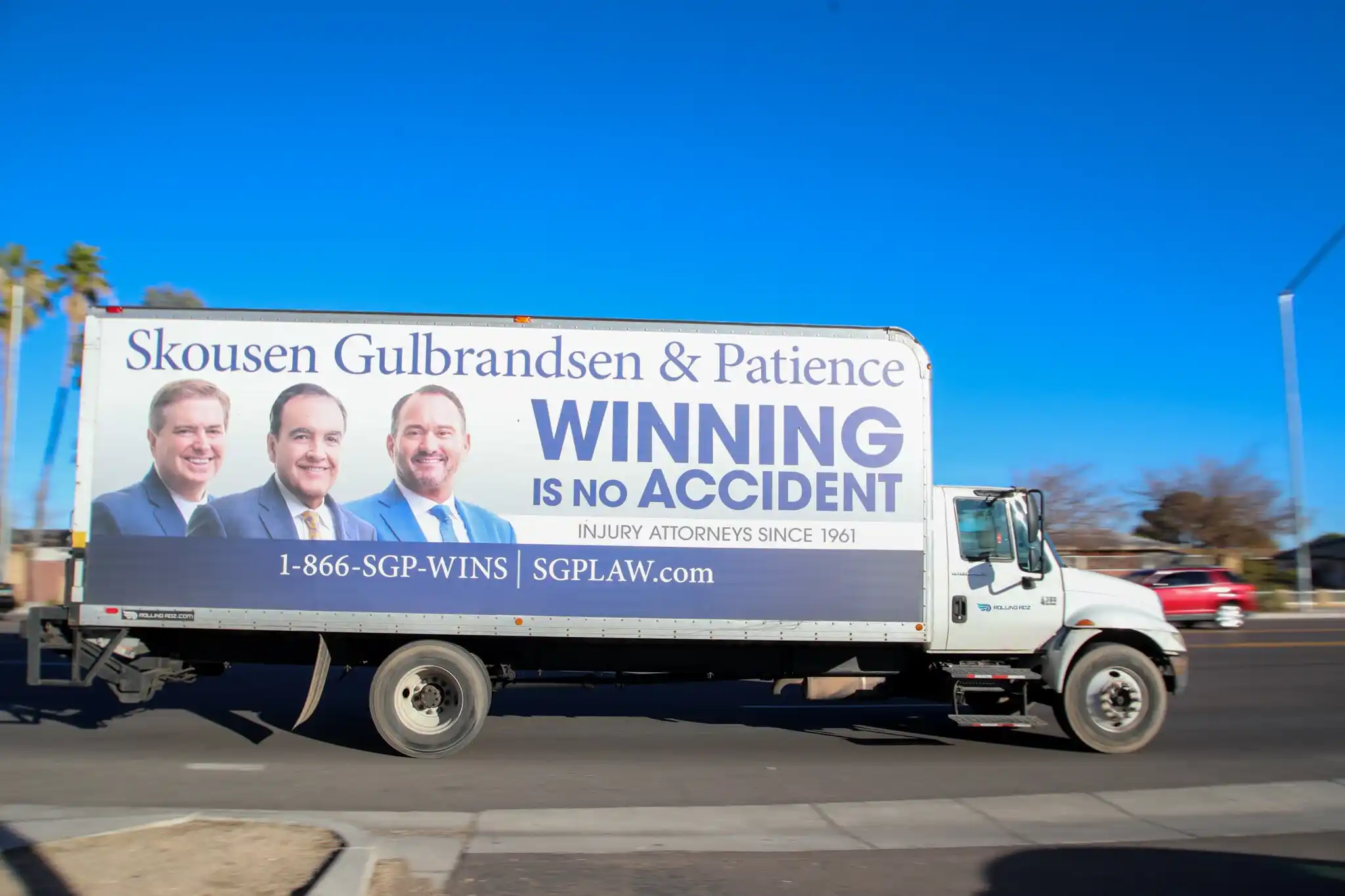How Hydroxie Used LED Truck Advertising to Build Massive Brand Awareness Across the U.S.
How Hydroxie Used LED Truck Advertising to Build Massive Brand Awareness Across…
Billboard advertising remains one of the most impactful forms of outdoor advertising. It offers high visibility and has a broad reach, making it a popular choice for many businesses.
This guide explores various aspects of billboard advertising, from costs and profitability to legal considerations and new trends in the industry.

Yes, you can put a phone number on a billboard. Including a phone number can be a direct call to action, allowing potential customers to reach out immediately. However, keep in mind that the information should be easily readable and memorable, as viewers usually have a limited time to absorb the message while driving past.
While it's possible, whether you should include a phone number depends on your campaign goals. If your aim is to prompt direct contact, a phone number is beneficial. However, for brand awareness campaigns, simpler messages with less clutter tend to be more effective.
Billboard leasing involves renting advertising space on a billboard owned by a billboard company. The process typically includes selecting the location, designing the advertisement, and determining the lease duration. Costs vary based on location, visibility, and traffic volume.
Owning a billboard can be quite profitable. Income from a billboard depends on its location and the number of advertisers leasing space. On average, billboards can bring in anywhere from $1,000 to $30,000 per month, depending on these factors.

Bus billboards, also known as transit advertising, typically cost between $300 to $3,000 per month. The price varies based on the bus route, the size of the advertisement, and the duration of the campaign.
Mobile advertising, which includes ads on vehicles like trucks and buses, can cost anywhere from $500 to $5,000 per month. Mobile billboards are effective for reaching a wider audience as they move through different areas.
The return on investment (ROI) for billboards can be significant. ROI depends on factors such as location, visibility, and audience reach. On average, businesses see a 20-25% increase in sales after implementing billboard advertising.
Billboards can be worth the investment if placed in high-traffic areas where they can reach a large audience. They are especially effective for brand awareness and reaching a broad demographic. However, the effectiveness depends on the quality of the advertisement and the location of the billboard.

There are regulations regarding billboard content. Advertisements cannot include obscene, offensive, or misleading content. Additionally, some areas have restrictions on certain types of advertisements, such as those for alcohol or tobacco.
Yes, it is legal to put a QR code on a billboard. QR codes can be an effective way to engage customers by providing a quick link to a website or promotional content.
LED billboard trucks are legal in many areas, but regulations vary by location. It's important to check local laws regarding mobile digital advertising to ensure compliance.
Building your own billboard is possible, but it requires significant investment and compliance with local zoning and advertising regulations. You'll need to secure permits and ensure the location is suitable for a billboard.
The biggest drawback of billboard advertising is the cost. High-traffic locations can be expensive, and there are ongoing maintenance costs. Additionally, measuring the direct impact on sales can be challenging compared to digital advertising methods.

Generally, billboards are cheaper than TV ads. The cost of a TV commercial can range from $10,000 to $200,000, depending on the time slot and channel, whereas billboards usually cost between $1,000 to $30,000 per month.
Mobile billboards are highly effective for reaching a moving audience. They are particularly useful for local advertising campaigns as they can cover a wide area and target specific locations at different times of the day.
Traditional billboards are static and display a single image, while digital billboards can rotate multiple ads and include dynamic content. Digital billboards tend to be more expensive but offer more flexibility and engagement opportunities.

Yes, owning a billboard can be considered a form of passive income. Once the initial investment and setup are complete, the ongoing income from advertisers leasing space requires minimal effort.
Buying a billboard can be a good investment if it's in a high-traffic location with consistent demand from advertisers. It can provide steady income and has the potential for high returns.
The cost to buy a billboard can range from $10,000 to $200,000, depending on the size, location, and whether it's a traditional or digital billboard.
Advertising on a billboard typically costs between $1,000 to $10,000 per month. Prices vary based on location, size, and duration of the campaign.
Billboards can be good investments due to their high visibility and potential for generating significant rental income. However, the initial investment and maintenance costs should be carefully considered.
Valuing a billboard lease involves considering factors such as location, traffic volume, visibility, and the duration of the lease. High-traffic areas with good visibility command higher lease rates.

A smart billboard uses technology to display dynamic content and can interact with viewers through features like facial recognition or mobile integration. These billboards can adapt content based on real-time data and audience demographics.
A mobile billboard is an advertisement placed on a vehicle, such as a truck or bus. These vehicles travel through various areas, maximizing exposure and reaching a diverse audience. Mobile billboards are effective for targeted campaigns and event promotions.
Mobile billboards can be profitable, especially for businesses looking to reach local audiences. They offer flexibility in targeting specific areas and can generate significant attention and engagement.
Mobile ads can pay between $500 to $5,000 per month, depending on the ad size, duration, and the areas covered by the mobile billboard.
Mobile billboards are highly effective due to their ability to move and reach different locations. They are particularly useful for local campaigns and event promotions, providing high visibility and engagement.
Mobile billboards can be viable for small organizations, especially for local businesses looking to increase visibility within specific areas. They offer flexibility and can be more cost-effective compared to traditional billboards.

Billboard advertising, whether traditional, digital, or mobile, offers a range of opportunities for businesses to reach a wide audience. While there are costs and regulations to consider, the potential ROI and visibility make billboards a worthwhile investment for many.
Ensure the company you select offers the perfect blend of quality, service, and value to achieve your advertising goals with mobile billboards.
How Hydroxie Used LED Truck Advertising to Build Massive Brand Awareness Across…
Which Is Better for Local Businesses? Mobile Billboards vs. Digital Ads Local…
How To Choose the Perfect Route for Your Mobile Billboard Campaign Selecting…
Top 5 Locations in California Where Mobile Billboards Have the Highest Impact…
The Benefits of Mobile Billboards for Franchise Businesses Franchise businesses constantly seek…
A Comprehensive Guide How Much Do Mobile Billboards Cost? Mobile billboards are…
Get Exclusive Deals & Our 1x Monthly OOH Newsletter🔥